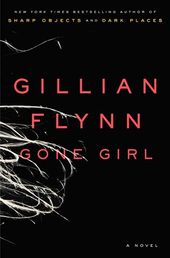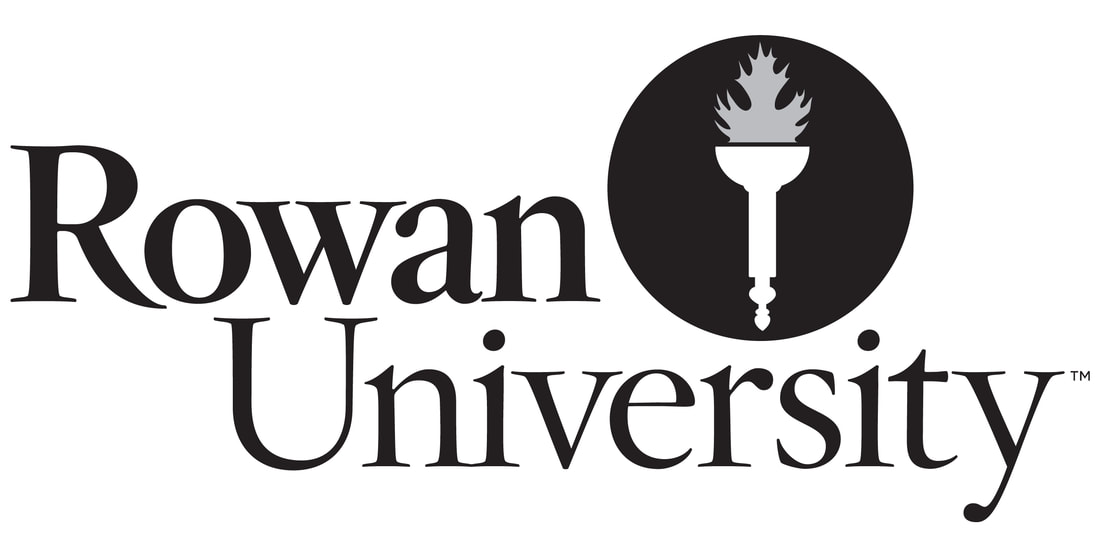 by Antonia Dibona Entertainment Weekly lists their favorite reads each year, such as the popular thriller by Gillian Flynn Gone Girl. I picked up a copy with the intent to be entertained. I was expecting a satisfying read in which everything wraps up into a tidy ending and the bad guys lose and the good guys win. What I wasn’t expecting was for this book to make me think; in particular think about villains in popular literature. Instead of feeling satisfied by this relatively easy read I grew to hate Gone Girl. I hated it because I hated the villain, a woman who had no depth of character, whose sole purpose was to cause harm and who in the end triumphed. She was what villains are stereotypically thought to be, but I would argue literature and life does not contain villains. Pol Pot, Saddam Hussein, and Joseph Stalin were not inherently evil villains; they did evil things but always for what they thought was the right reason. In life, there are people doing villainous things but for their own personal reasons. The same can be said about villains in literature through each period in history. Gone Girl does not follow an aesthetic seen all throughout literature.
Before Gone Girl, before Shakespeare, there was of course literature from the Middle Ages. One major work of the period is the epic poem Beowulf. It becomes clear through the villain of this piece that religion was central to the period. It is also clear how the villain is multidimensional. The epic poem Beowulf dates between the 8th and early 11th centuries. The story narrates of a hero Beowulf who comes to the aid of Hrothgar, the king of Danes, whose hall is being attacked by the demon Grendel. Beowulf defeats this demon and later defeats the demon’s mother. Although Grendel is the demon and the villain who creates havoc for the king and his people, he is only just protecting his home. Here is the other dimension to this villain. He has his own justified motivations. He is not just evil to be evil. He is not a villain simply because he is a demon. Amy, the protagonist in Gone Girl, has no such motivations. She does not follow the aesthetic from that time period or one from the Renaissance. Key to literature during the Renaissance was playwright William Shakespeare. The villain as represented by Shakespeare becomes more human with human characteristics. In Macbeth, Lady Macbeth shows human emotions like guilt instead of perfect godliness that was usually reserved for royalty during the Middle Ages. Lady Macbeth was given human qualities of being strong-willed and ambitious, something new for the way women were portrayed. Goneril and Regan from King Lear are another example of the new ways women villains were portrayed. They were clever, clever in such a way as to flatter their father in the opening scene. In both plays, Macbeth and King Lear fiction mirrors life. Lady Macbeth, fierce at first, shows the human emotion of guilt and Edmund in King Lear wants to repent at the end. The villains are multi-dimensional. They are not villains, they are just people. It can be said that villains, or literature in general, mirror the society at that time. The time known as The Restoration, from about 1660-1689, consisted of a style of literature that revolved around a reaction of the restored court of Charles II. During the period before the Restoration, the Interregnum, England had been dominated by Puritan literature and the presence of an official censorship. Therefore, the Restoration included works such Samuel Butler's Hudibras, a romance in ridicule of the Puritans. Many of these parodies had no real villain that we can classify. There are also biblical pieces like Paradise Lost about the fall of man which contains Satan as the villain. One could say the villain was not human-like in this period but it is an ancient story retold, not an original piece from the Restoration. It is difficult to define villains in this period because the tendency was more to mock the Puritan regime that had its grip on the society spanning almost 10 years. In this way the literature is reactionary against true life events but is not embodied by the villain. Amy’s character was insane, but without any real depth of character. Insanity was popular during Romanticism and the Gothic aesthetic but the villains usually had more than one side to them. The Gothic aesthetic was popular during Romanticism with characters like Frankenstein and the mad narrator of Edgar Allan Poe’s The Tell Tale Heart. In both cases the psyche of the characters was important as is true in real life where people have different psyche and different motives for performing the evil acts they do. This element of insanity was present in the Gothic villain, with Poe’s writing and with characters like Heathcliff from Wuthering Heights. Especially with Heathcliff, the reader is tested and forced to “figure out” his character wanting him to be the romantic hero of the story but who also performs sadistic acts. Amy had no such dimension. Gone Girl lacked a villain with human qualities, but also lacked a villain reflecting society. In the postmodern period, which consists of the period after WWII, the villain underwent a metamorphosis. There is a detachment from easily discernible heroes and villains. This may be due in large part to wars like the Vietnam War where the line between good and bad became less distinct. Many of the classic postmodern works follow this train of thought. In the novel Catch-22 ,it is difficult to locate a villain. It takes place during WWII and bureaucracy acts as the villain because it is difficult to place blame on individuals who do malicious acts. The enemy is not really seen. The blog “So It Goes: Slaughterhouse-Five and Vengeance” claims that “the real villains of Slaughterhouse-Five, the officers who ordered the Dresden bombings, exist off-screen.” In both Catch-22 and Slaughterhouse-Five the author is trying to make a statement about war, society, or both. Society was dictating how the villain was portrayed. In addition to fictional villains, the 20th century saw rise to the creative nonfiction villain such as Dick Hickock and Perry Smith in Truman Capote’s In Cold Blood. Again we see a multifaceted villain, showing all sides to their character as the narrator tries desperately to enter their psyche. There is a similarity between them and monstrous beings like Frankenstein from the Gothic period. Recently, villains have literally changed shape which may speak to what we hold as an ideal. In conjunction with postmodernism, the latter part of the last century moving into the beginning of the 21st century has brought “post-human” era villains like the robots in I Robot and Voldermort in Harry Potter. They are less human-like and more amorphous. There is a sleeking down the body of the human and an overall de-humanizing of the villain. Even outside the realm of literature, as a society, we are fascinated by figures not completely human. Models are rail thin with stark features and make-up to make them look less like the girl next store and more a-human. I think this is because we need something to idolize. Just as the Greeks idolized their gods, we idolize those qualities that are above being human. What kind of villain is woven throughout the pages of Gone Girl? She is a villain with no redeeming qualities and therefore no inner struggle. She is no Grendel agonized by the loss of his home. She is no Iago standing over the Emilia’s dead body. She does not match the madness of Heathcliff who teeters between romantic hero and sadistic villain. She is not a post-modern villain either because she is one-dimensional, just out to cause harm without any commentary on society as a whole. I hated her because she was such an unsophisticated villain. I wonder, did Gone Girl get fiercely negative reviews because the villain does not hold true to real life? Ben Bova, an American science- fiction stated there are no villains. A look through the history of literature has shown this to be true. In his blog “Tips for Writers” Bova states that, “No one actually sets out to do evil. Fiction mirrors life. Or, more accurately, fiction serves as a lens to focus what we know of life and bring its realities into sharper, clearer understanding for us. There are no villains cackling and rubbing their hands in glee as they contemplate their evil deeds. There are only people with problems, struggling to solve them.” Antonia DiBona received her B.S. in Biology from Ursinus College in 2005 and worked as a middle school science teacher in a charter school for underprivileged youth for three years after college. Although teaching was a challenge and very rewarding Antonia has decided to pursue a second passion, writing. She is a first year graduate student at Rowan University pursuing her M.A. in Writing Arts. Her focus is nonfiction and she recently published an article about women in the sciences for the journal HBAdvantage.
0 Comments
Leave a Reply. |
Archives
July 2024
Categories
All
|
|
Glassworks is a publication of Rowan University's Master of Arts in Writing 260 Victoria Street • Glassboro, New Jersey 08028 [email protected] |
All Content on this Site (c) 2024 Glassworks
|

 RSS Feed
RSS Feed
